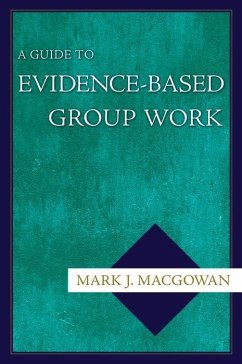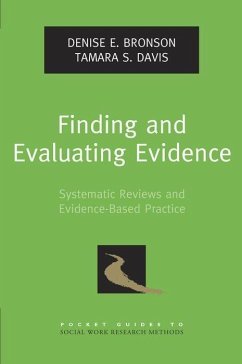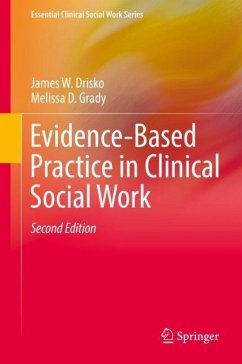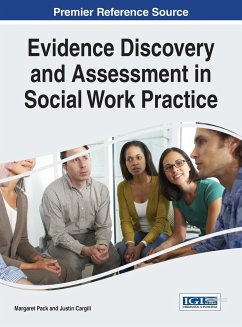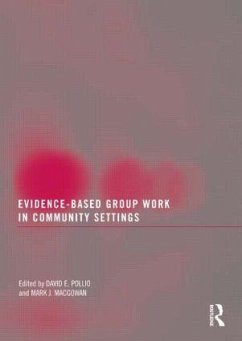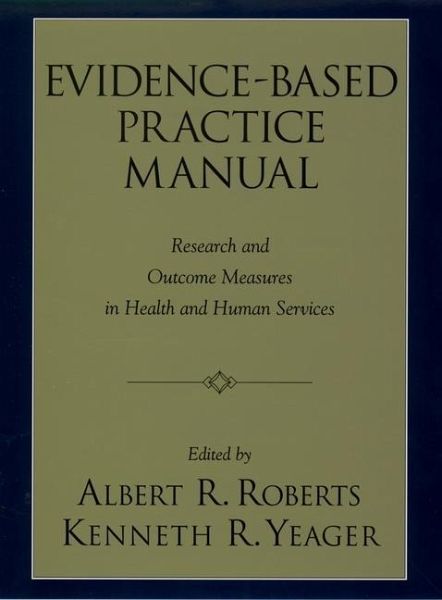
Evidence-Based Practice Manual
Research and Outcome Measures in Health and Human Services
Herausgeber: Roberts, Albert R.

PAYBACK Punkte
86 °P sammeln!
The Evidence-Based Practice Manual was developed as an all-inclusive and comprehensive practical desktop resource. It includes 104 original chapters, each specially written by the most prominent and experienced medical, public health, psychology, social work, criminal justice, and public policy practitioners, researchers, and professors in the United States and Canada. This book is specifically designed with practitioners in mind, providing at-a-glance overviews and direct application chapters. This is the only interdisciplinary volume available for locating and applying evidence-based assessm...
The Evidence-Based Practice Manual was developed as an all-inclusive and comprehensive practical desktop resource. It includes 104 original chapters, each specially written by the most prominent and experienced medical, public health, psychology, social work, criminal justice, and public policy practitioners, researchers, and professors in the United States and Canada. This book is specifically designed with practitioners in mind, providing at-a-glance overviews and direct application chapters. This is the only interdisciplinary volume available for locating and applying evidence-based assessment measures, treatment plans, and interventions. Particular attention has been given to providing practice guidelines and exemplars of evidence-based practice and practice-based research. The Evidence-Based Practice Manual emphasizes and summarizes key elements, issues, concepts, and how-to approaches in the development and application of evidence-based practice. Discussions include program evaluation, quality and operational improvement strategies, research grant applications, validating measurement tools, and utilizing statistical procedures. Concise summaries of the substantive evidence gained from methodologically rigorous quantitative and qualitative research provide make this is an accessible resource for a broad range of practitioners facing the mandate of evidence-based practice in the health and human services.






